Home>Interior Design>I Cleaned Using Only Baking Soda And Vinegar For A Week
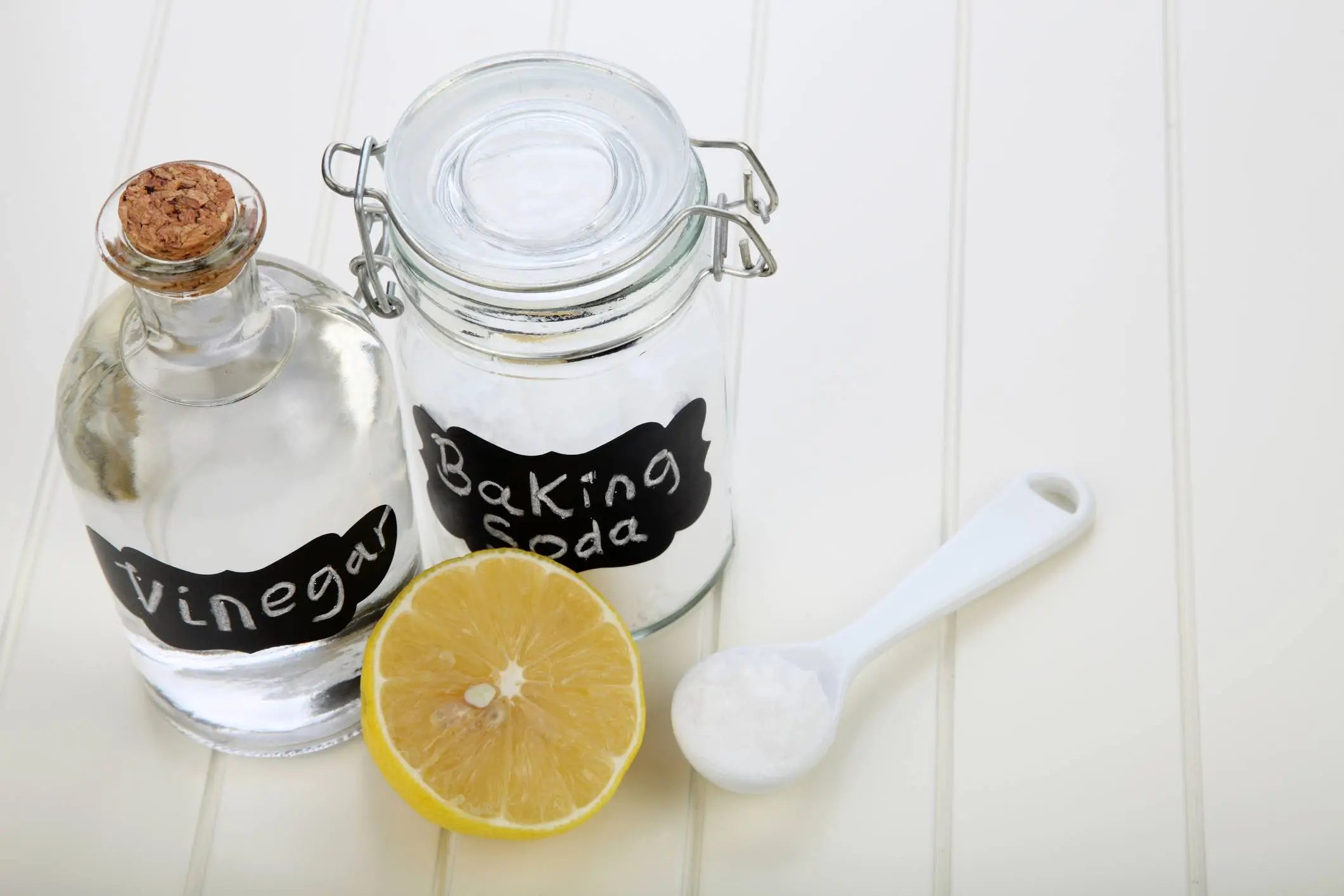

Interior Design
I Cleaned Using Only Baking Soda And Vinegar For A Week
Modified: October 21, 2024
Discover the power of natural cleaning with baking soda and vinegar! Follow my week-long journey of using these simple ingredients for a sparkling clean home. Transform your interior design with eco-friendly solutions!
(Many of the links in this article redirect to a specific reviewed product. Your purchase of these products through affiliate links helps to generate commission for Storables.com, at no extra cost. Learn more)
Introduction
Welcome to my experiment of cleaning using only baking soda and vinegar for a week! In a world full of commercial cleaning products filled with harsh chemicals and artificial fragrances, I wanted to explore the effectiveness of using natural ingredients that are both safe for the environment and for our health.
Baking soda and vinegar have long been hailed as powerful and versatile cleaning agents. They are readily available in most households, affordable, and can tackle a wide range of cleaning challenges. From disinfecting surfaces to removing stains and deodorizing, these two ingredients have proven themselves time and again.
Throughout this week-long experiment, I will take you on a journey through various cleaning tasks, showcasing the power of baking soda and vinegar in different areas of the home. We will explore their efficacy in the kitchen, bathroom, laundry, and even when cleaning appliances, carpets, and upholstery.
Not only will this experiment offer insights into the effectiveness of using baking soda and vinegar, but it will also highlight the benefits of utilizing natural cleaning solutions. By reducing our reliance on conventional cleaning products, we can minimize our environmental impact and promote a healthier living environment.
However, it is important to note that while baking soda and vinegar are effective in many cleaning applications, there may be certain instances where specialized cleaning products are necessary. It is always a good idea to assess the specific cleaning needs of each task and adjust your cleaning routine accordingly.
Now, let’s embark on this exciting journey of discovering the power of baking soda and vinegar in our cleaning routine. Join me as we explore the magical world of natural cleaning solutions and discover new ways to achieve a sparkling clean home, all while being gentle on the planet. Are you ready? Let’s get started!
Key Takeaways:
- Discover the magic of natural cleaning with baking soda and vinegar! From kitchens to carpets, these eco-friendly ingredients tackle grime and odors effectively, promoting a healthier and sustainable living environment.
- Embrace the power of baking soda and vinegar for a sparkling clean home. Say goodbye to harsh chemicals and hello to versatile, affordable, and eco-friendly cleaning solutions that work wonders in every corner of your home!
Day 1: Cleaning the Kitchen
Today, we begin our cleaning journey in the heart of the home – the kitchen. From cooking and baking to meal prep and family gatherings, the kitchen is a high-traffic area that requires regular cleaning to maintain a hygienic and pleasant space. With baking soda and vinegar as our trusty allies, we are ready to tackle the grime and grease in an eco-friendly way.
First, let’s start with the kitchen countertops. Mix equal parts baking soda and water to create a paste and apply it to the countertops. Let it sit for a few minutes before scrubbing gently with a sponge or cloth. The baking soda acts as a gentle abrasive, removing stains and grime without scratching the surface. After thoroughly rinsing, wipe the countertops with vinegar to disinfect and leave a sparkling finish.
Next, let’s move on to the stovetop. Sprinkle baking soda generously over the stovetop surface, paying extra attention to any burnt-on food or grease. Allow it to sit for a few minutes, then spray vinegar over the baking soda. The combination will create a fizzing reaction that helps break down stubborn stains. Use a scrub brush or sponge to scrub the stovetop, then wipe clean with a damp cloth. You’ll be amazed at how easily the grime disappears!
For the refrigerator, baking soda is a fantastic natural deodorizer. Place an open box of baking soda in the refrigerator to absorb any odors and keep it smelling fresh. You can also create a solution of equal parts baking soda and water to wipe down the interior, removing any spills or sticky residue. Remember to rinse with a damp cloth to remove any leftover residue.
Let’s not forget about the kitchen sink! Sprinkle baking soda around the sink basin and use a damp cloth or sponge to scrub it clean. The baking soda will help remove stains and odors while leaving your sink shiny and fresh. Finish off by pouring vinegar down the drain to eliminate any unpleasant smells and keep the pipes clear.
Lastly, we’ll tackle the floors. Sweep or vacuum the kitchen floor to remove any loose debris. Then, create a cleaning solution by mixing ½ cup of vinegar with a gallon of warm water. Use a mop or cloth soaked in the solution to clean the floor thoroughly. The vinegar acts as a natural disinfectant while leaving a streak-free shine behind.
After a day of using baking soda and vinegar to clean the kitchen, not only will your surroundings be sparkling clean, but you’ll also have the peace of mind of knowing that you have used safe and eco-friendly cleaning products. Stay tuned for day two of our experiment, where we will conquer the bathroom using our natural cleaning arsenal!
Day 2: Bathroom Cleaning
Welcome to day two of our cleaning experiment, where we will focus on the bathroom. The bathroom is one of the areas in our homes that requires frequent cleaning due to moisture, bacteria, and the buildup of soap scum. Today, armed with baking soda and vinegar, we will show you how to achieve a spotless and fresh bathroom, all without the use of harsh chemicals.
Let’s begin with the shower and bathtub. Create a paste using baking soda and water, then apply it to the surfaces. The abrasive nature of baking soda will help break down soap scum and grime, making it easier to scrub away. Use a sponge, brush, or cloth to scrub the walls, floor, and fixtures. Rinse thoroughly, and for those extra stubborn stains, spray vinegar onto the baking soda paste to create a foaming reaction that further aids in lifting the dirt. Rinse again, and you will be left with a sparkly clean shower or bathtub.
Next, let’s focus on the toilet. Sprinkle baking soda inside the bowl and scrub with a toilet brush. The baking soda will help remove stains and odors while providing a gentle abrasive action. For the tougher stains, pour vinegar into the bowl and let it sit for a few minutes before scrubbing and flushing. Vinegar’s natural acidic properties help break down grime and leave your toilet fresh and sanitized.
Now, let’s move on to the bathroom tiles and grout. Create a paste using baking soda and water, and apply it to the grout lines. Use a small brush, such as an old toothbrush, to scrub the paste into the grout. The baking soda will work its magic by lifting the dirt and brightening the grout. For extra effectiveness, spray vinegar onto the paste, allowing it to fizz and penetrate any stubborn stains. After scrubbing, rinse with water to reveal clean and revitalized grout.
Don’t forget the bathroom sink and countertops. Sprinkle baking soda on the surfaces and scrub gently with a damp cloth or sponge. As you scrub, the baking soda will act as a mild abrasive, removing stains and leaving your sink and countertops shining. Rinse thoroughly, then wipe down with vinegar to disinfect and eliminate any lingering odors.
Lastly, let’s tackle the bathroom mirrors. Mix equal parts vinegar and water in a spray bottle. Spray the solution onto the mirror and wipe clean with a microfiber cloth or newspaper for a streak-free shine. The acidity of vinegar helps remove smudges and toothpaste splatters, leaving your mirrors crystal clear.
After a day of cleaning the bathroom using baking soda and vinegar, you’ll be amazed at the results. Not only will your bathroom be sparkling clean, but you will also have the satisfaction of knowing that you’ve achieved it using natural and eco-friendly cleaning products. Stay tuned for day three, where we will explore the versatility of baking soda and vinegar in various all-purpose cleaning tasks!
Day 3: All-Purpose Cleaning
Welcome to day three of our cleaning experiment, where we will showcase the versatility of baking soda and vinegar in various all-purpose cleaning tasks. Today, we will demonstrate how these natural ingredients can be used to clean and freshen up different areas of your home, from windows and mirrors to countertops and floors.
Let’s start with windows and mirrors. Mix equal parts vinegar and water in a spray bottle. Spray the solution onto the glass surface and wipe clean with a lint-free cloth or newspaper for a streak-free shine. Vinegar’s acidic properties help remove smudges and dirt, leaving your windows and mirrors crystal clear and sparkling.
For countertops and other surfaces, such as tables and desks, sprinkle baking soda directly onto the surface and wipe clean with a damp cloth or sponge. The gentle abrasive nature of baking soda will help remove stains, grease, and grime without scratching the surface. Finish off by wiping the surface with vinegar to sanitize and leave a fresh, clean scent.
Speaking of surfaces, baking soda and vinegar can also be used to clean wooden furniture. Create a paste using baking soda and water, and apply it to any stains or spots on the wood. Gently scrub with a soft cloth, then wipe clean with a damp cloth. Follow up with a swipe of vinegar to disinfect and maintain the natural shine of the wood.
Next, let’s move on to floors. Whether you have hardwood, tile, or laminate floors, baking soda and vinegar can help keep them clean and fresh. For hardwood floors, create a solution using ¼ cup vinegar and a bucket of warm water. Use a mop or cloth soaked in this solution to clean the floors. The vinegar will help remove dirt and grime without damaging the wood. For tile and laminate floors, mix ½ cup vinegar with a gallon of warm water, and mop the floors with this solution. Vinegar’s natural disinfecting properties will leave your floors both clean and sanitized.
Now, let’s turn our attention to upholstery and fabrics in your home. Sprinkle baking soda onto fabric surfaces, such as sofas, chairs, or mattresses. Let it sit for a few minutes to absorb any odors. Then, vacuum or brush away the baking soda. It will not only remove odors but also refresh the fabric. For any stained areas on upholstery, create a paste using baking soda and water, apply it to the stain, and let it sit for a few minutes before blotting with a damp cloth. The baking soda will help lift the stain and deodorize the fabric.
As you can see, baking soda and vinegar are incredibly versatile when it comes to all-purpose cleaning tasks. From windows to floors, they can tackle a wide range of surfaces, leaving them clean, fresh, and free from harsh chemicals. Join us for day four, where we will explore the wonders of using baking soda and vinegar for laundry!
Mixing baking soda and vinegar creates a powerful cleaning agent. Use it to tackle tough stains, unclog drains, and deodorize surfaces. Just be cautious when using on delicate materials.Day 4: Laundry
Welcome to day four of our cleaning experiment, where we dive into the world of laundry and discover the power of baking soda and vinegar in tackling stains, odors, and freshening up your clothes. Say goodbye to commercial laundry detergents packed with chemicals and hello to a more natural and effective way of doing your laundry!
First, let’s address those stubborn stains. Whether it’s a coffee spill, grass stain, or ink mark, baking soda can come to the rescue. Before washing your clothes, dampen the stained area and sprinkle baking soda onto it. Gently rub the baking soda into the fabric to create a paste. Let it sit for about 30 minutes to allow the baking soda to penetrate the stain. Then, toss the garment into the washing machine as usual. The baking soda will help lift the stain, leaving your clothes looking fresh and clean.
Next, let’s tackle odors. Whether it’s sweat, food, or musty smells, vinegar is your secret weapon. Add ½ cup of vinegar to the rinse cycle of your washing machine. The vinegar will effectively neutralize odors and leave your clothes smelling clean and fresh. Don’t worry about the vinegar scent; it will dissipate during the rinse cycle, leaving no trace behind.
If you want to step up your laundry game and boost the overall cleanliness of your clothes, consider presoaking them in a mixture of baking soda and water. Create a solution using ¼ cup of baking soda per gallon of water. Allow your clothes to soak in this solution for at least 30 minutes, or overnight for heavily soiled items. The baking soda will help loosen dirt, oils, and odors, making the washing process more effective.
For those who prefer to use a more natural alternative to fabric softener, vinegar can be your go-to option. Instead of conventional fabric softeners that are often filled with synthetic fragrances and chemicals, add ½ cup of vinegar to the rinse cycle. The vinegar will help remove any detergent residue, soften the fabric, and reduce static cling without leaving a strong scent on your clothes.
When it comes to washing delicate fabrics, such as silk or wool, baking soda and vinegar can still be used, but with a gentle touch. To freshen up these delicate items, sprinkle a small amount of baking soda onto them before placing them in a mesh laundry bag. Toss the bag into the dryer with a damp towel for 10-15 minutes on a low heat setting. The baking soda will absorb any odors, leaving your delicate items smelling fresh and clean.
By incorporating baking soda and vinegar into your laundry routine, you can achieve clean, fresh-smelling clothes without the use of harsh chemicals. These natural ingredients not only tackle stains and odors but also help prolong the life of your fabrics. Join us for day five, where we explore the wonders of using baking soda and vinegar to clean your appliances!
Day 5: Cleaning Appliances
Welcome to day five of our cleaning experiment, where we focus on keeping our appliances clean and functioning optimally. Baking soda and vinegar are not only effective in cleaning surfaces but can also work wonders in maintaining and removing grime from various appliances throughout your home. Let’s dive in and discover how these natural ingredients can help keep your appliances sparkling clean!
Starting with the microwave, you can easily remove stubborn food splatters and lingering odors with the help of vinegar. Fill a microwave-safe bowl halfway with water and add a few tablespoons of vinegar. Place the bowl in the microwave and heat on high for several minutes until the mixture boils and steam fills the interior. Let it sit for a couple of minutes to allow the steam to loosen the grime, then carefully remove the bowl. Wipe down the interior with a sponge or cloth, and you’ll find that the residue comes off easily, leaving your microwave spotless and fresh.
Next, let’s move on to the dishwasher. Over time, dishwashers can accumulate mineral deposits, food residue, and even unpleasant odors. To clean your dishwasher, sprinkle baking soda on the bottom of the empty machine. Run a hot water cycle to dissolve and eliminate any buildup. For an extra boost, you can also pour a cup of vinegar into the bottom of the dishwasher and run another hot water cycle. The baking soda and vinegar will work together to remove stains, sanitize, and leave your dishwasher smelling clean and fresh.
For your coffee maker, regular cleaning is crucial to maintain its performance and taste. Mix equal parts vinegar and water and pour the solution into the water reservoir. Run a brewing cycle without any coffee grounds. Once the cycle is complete, rinse the coffee maker by running a few cycles with clean water to remove any vinegar residue. This process will descale the coffee maker, removing mineral buildup and ensuring a clean and flavorful cup of coffee.
Let’s not forget the refrigerator, which can easily accumulate food spills and odors. To deep clean your refrigerator, start by removing all the contents and placing them in a cooler. Mix two tablespoons of baking soda with a quart of water, and use this solution to wipe down the interior surfaces, including shelves and drawers. Rinse with a clean, damp cloth to remove any residue. For the stubborn odors, you can place an open box of baking soda in the refrigerator to absorb and neutralize them.
Lastly, we’ll tackle the oven. To remove baked-on grease and grime, make a paste using baking soda and water and apply it to the oven surfaces, including the walls, floor, and door. Let it sit for a few hours or overnight to allow the baking soda to work its magic. Then, scrub the surfaces with a sponge or cloth and rinse thoroughly. For extra tough stains, you can spray vinegar onto the baking soda paste to create a foaming reaction that helps loosen the grime.
With baking soda and vinegar as your cleaning allies, your appliances will not only be clean and fresh but also perform at their best. Join us for day six, where we explore how baking soda and vinegar can be used to clean carpets and upholstery!
Day 6: Carpet and Upholstery Cleaning
Welcome to day six of our cleaning experiment, where we delve into the world of carpets and upholstery. Baking soda and vinegar are not only effective on surfaces but can also work wonders in freshening up and removing stains from your carpets and upholstery. Let’s explore how to use these natural ingredients to revive and maintain the cleanliness of these soft furnishings in your home.
Let’s start with refreshing and deodorizing your carpets. Sprinkle a generous amount of baking soda over the carpeted area, focusing on high-traffic spots or areas that may have absorbed odors. Let the baking soda sit for at least 30 minutes, but preferably overnight to allow it to absorb odors. After the desired time, vacuum the carpet thoroughly to remove the baking soda. You’ll be amazed at how the baking soda helps eliminate odors, leaving your carpets smelling fresh and clean.
For stains on carpets, baking soda can come to the rescue. If a stain is still fresh and wet, blot it gently with a clean cloth or paper towel to absorb as much liquid as possible. Then, sprinkle baking soda over the stain and let it sit for a few hours. As the baking soda absorbs the stain, it will help lift it from the fibers of the carpet. Afterward, vacuum the area to remove the baking soda residue.
If you’re dealing with stubborn or set-in stains, combine equal parts vinegar and water in a spray bottle. Spray the solution onto the stained area and blot it with a clean cloth. Start from the outside of the stain and work your way toward the center to prevent the stain from spreading. Continue this process until the stain is removed or significantly lightened. Remember to test the solution on a small, inconspicuous area of your carpet first to ensure it doesn’t cause discoloration.
In addition to carpets, baking soda and vinegar can be used to freshen up and remove stains from upholstery. Before applying any cleaning solution, check the care label on your upholstery to ensure that it can tolerate moisture and cleaning products. Sprinkle baking soda over the upholstery, gently massaging it into the fabric. Let it sit for a few hours to absorb any odors. Then, use a brush or vacuum cleaner with an upholstery attachment to remove the baking soda residue.
For stain removal on upholstery, create a mixture of equal parts vinegar and water. Dampen a clean cloth with the solution and gently blot the stained area. Work from the outside of the stain inward to prevent it from spreading. Continue blotting until the stain is lifted or lightened. Use a clean, dry cloth to absorb any excess moisture. Again, it is essential to test the solution on a hidden area of your upholstery before treating the stain.
By incorporating baking soda and vinegar into your carpet and upholstery cleaning routine, you can revive and maintain the cleanliness of these soft furnishings, all without the use of harsh chemicals. It’s time to give your carpets and upholstery a fresh lease on life. Join us for the final day of our cleaning experiment, where we’ll share some concluding thoughts and recap the benefits of using baking soda and vinegar as natural cleaning solutions.
Day 7: Final Thoughts and Conclusion
Congratulations, we’ve reached the final day of our cleaning experiment! Throughout the week, we have explored the power and versatility of baking soda and vinegar as natural cleaning solutions. From the kitchen to the bathroom, laundry, appliances, carpets, and upholstery, these two ingredients have proven themselves to be effective in tackling a wide range of cleaning tasks.
By utilizing baking soda and vinegar in our cleaning routines, we not only promote a healthier living environment but also contribute to a more sustainable planet. Commercial cleaning products often contain harsh chemicals that can be harmful to both our health and the environment. By opting for natural ingredients, we reduce our exposure to these chemicals and minimize our environmental impact.
Baking soda, with its gentle abrasive properties, helps remove stains and grime without damaging surfaces. It also acts as a natural deodorizer, eliminating unpleasant odors in various areas of our homes. Vinegar, on the other hand, is a powerful disinfectant that helps kill bacteria, viruses, and mold. It tackles odors, dissolves mineral deposits, and leaves surfaces sparkling clean.
Throughout our cleaning journey, we have discovered different applications for baking soda and vinegar, from removing stains on carpets and upholstery to freshening up our appliances. We have witnessed their effectiveness in the kitchen, bathroom, laundry room, and beyond. These natural ingredients have proven themselves to be reliable and affordable alternatives to conventional cleaning products.
However, it’s important to note that while baking soda and vinegar are versatile and effective in many cleaning tasks, there may be instances where specialized cleaning products are necessary. It’s always a good idea to assess the specific cleaning needs of each task and adjust your cleaning routine accordingly.
In conclusion, incorporating baking soda and vinegar into your cleaning routine can be a game-changer. Not only do they provide powerful cleaning results, but they also offer a more natural and eco-friendly approach to keeping your home clean and fresh. By reducing our reliance on harsh chemicals and embracing the power of these natural ingredients, we can create a healthier and more sustainable environment for ourselves and future generations.
Thank you for joining us on this cleaning adventure. We hope you’ve enjoyed exploring the wonders of baking soda and vinegar as much as we have. Now go forth, armed with this newfound knowledge, and continue to clean with confidence and care!
Frequently Asked Questions about I Cleaned Using Only Baking Soda And Vinegar For A Week
Was this page helpful?
At Storables.com, we guarantee accurate and reliable information. Our content, validated by Expert Board Contributors, is crafted following stringent Editorial Policies. We're committed to providing you with well-researched, expert-backed insights for all your informational needs.
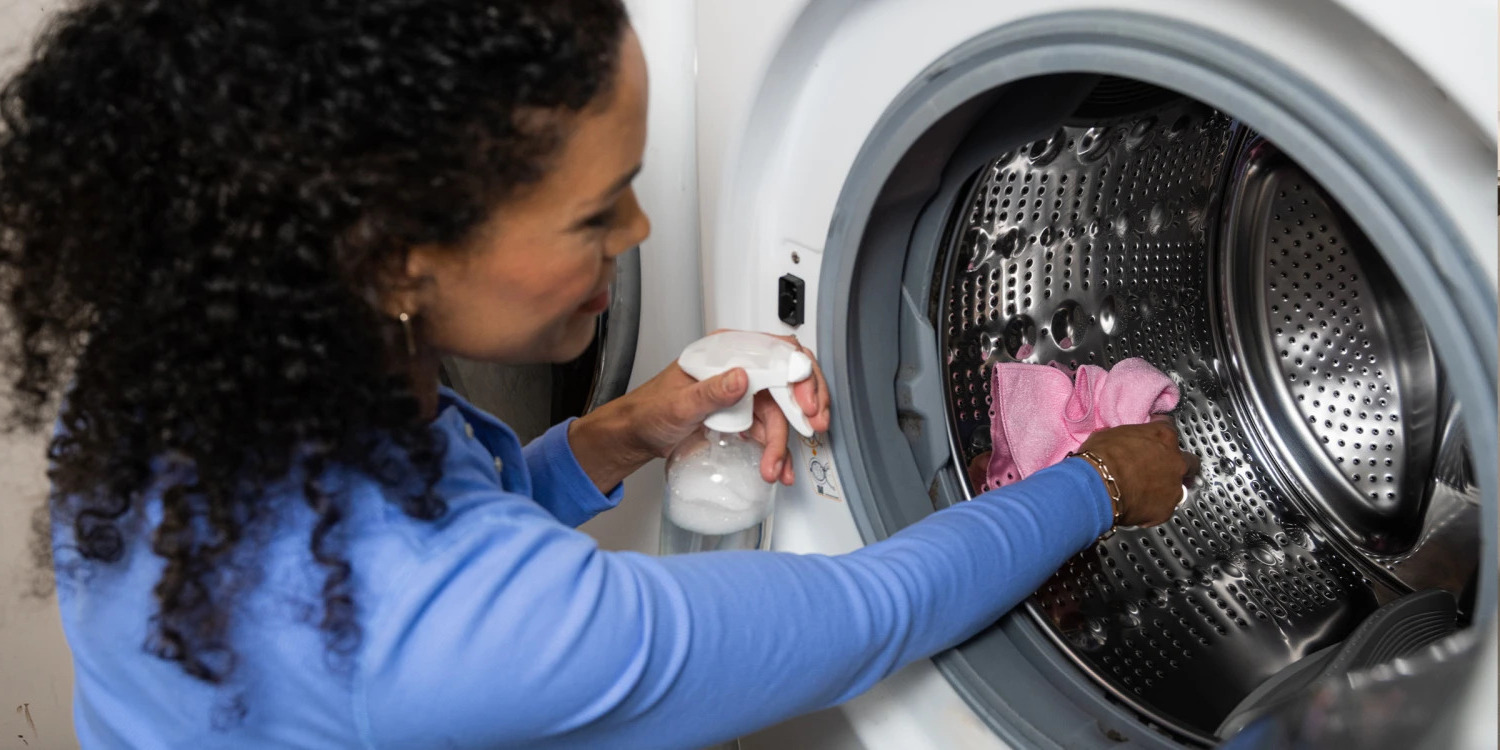
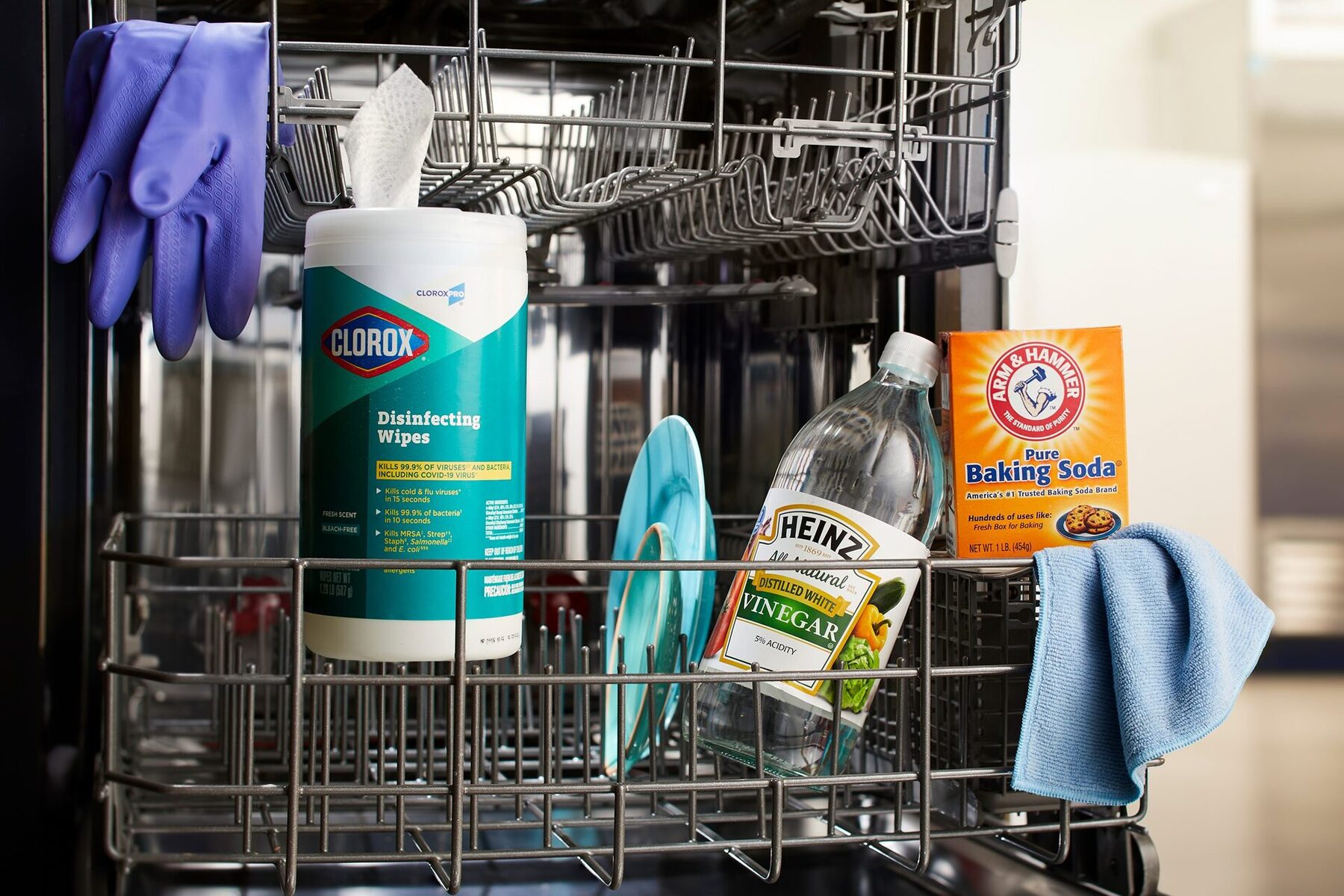
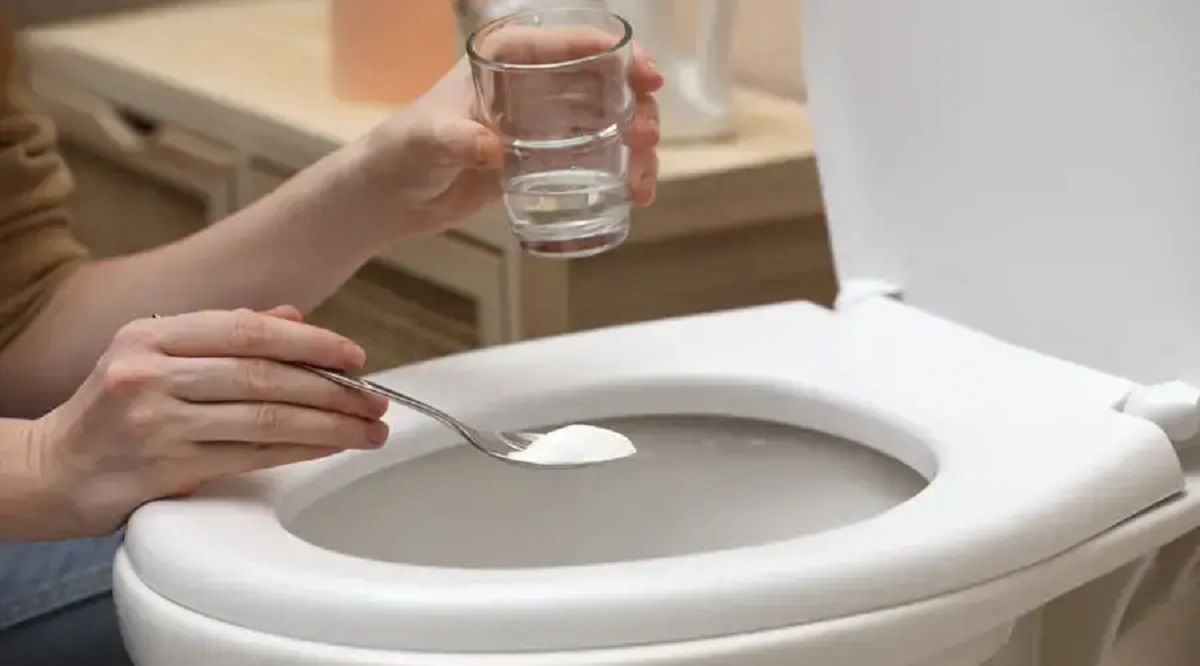
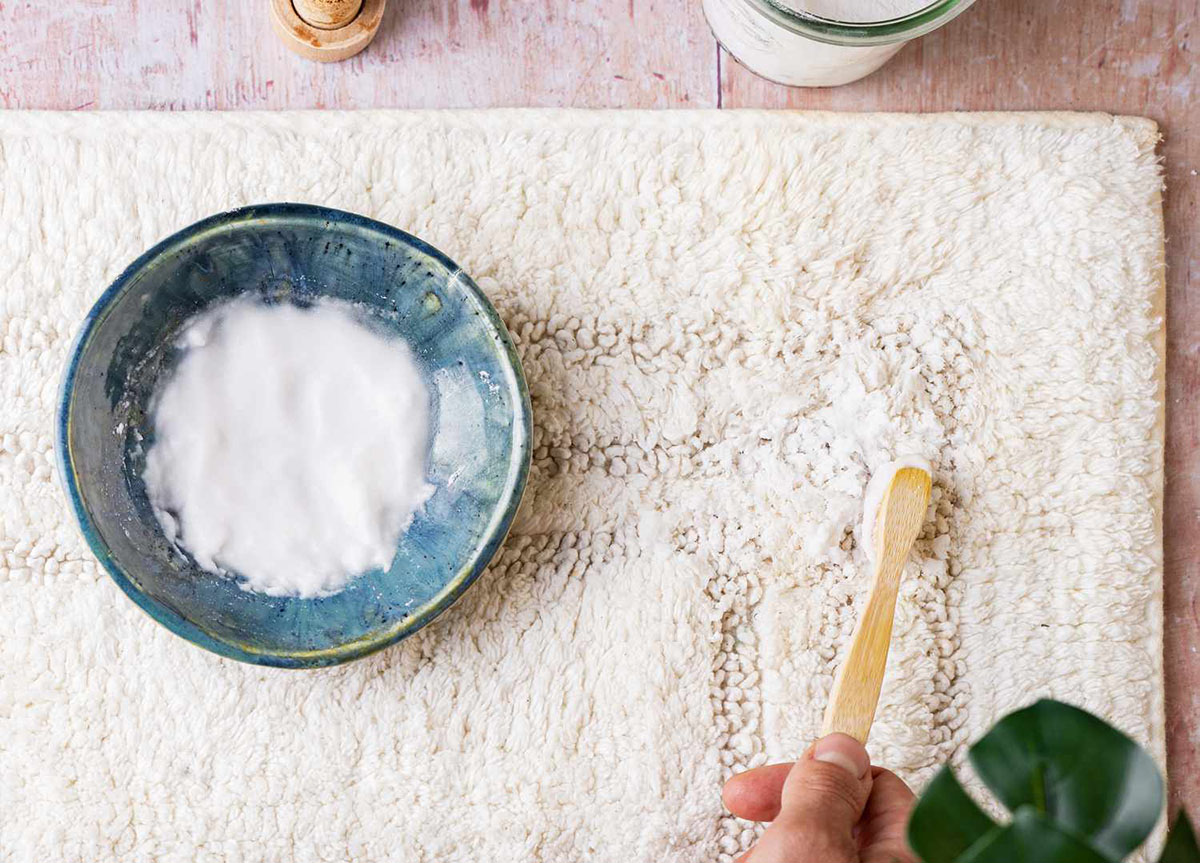
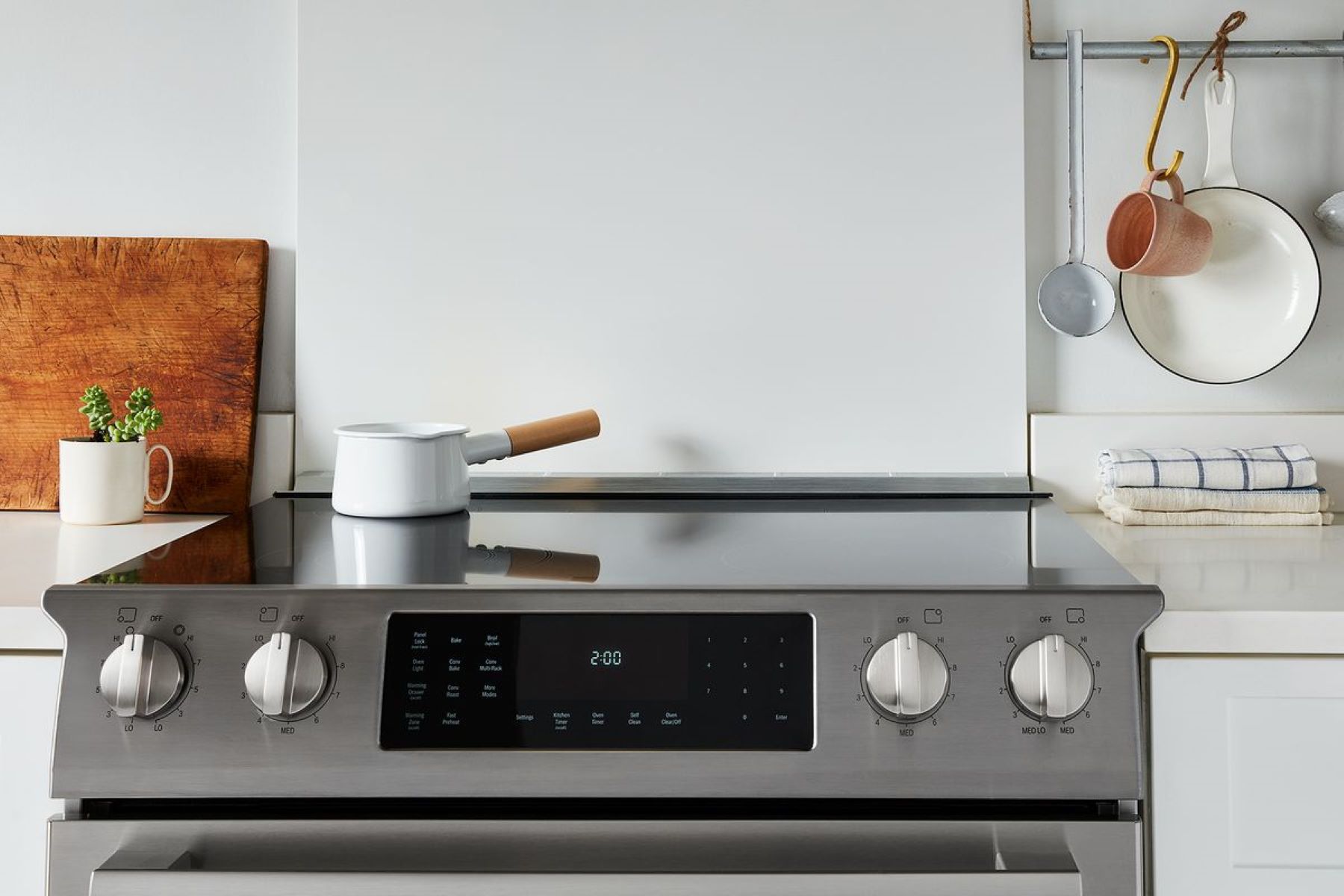
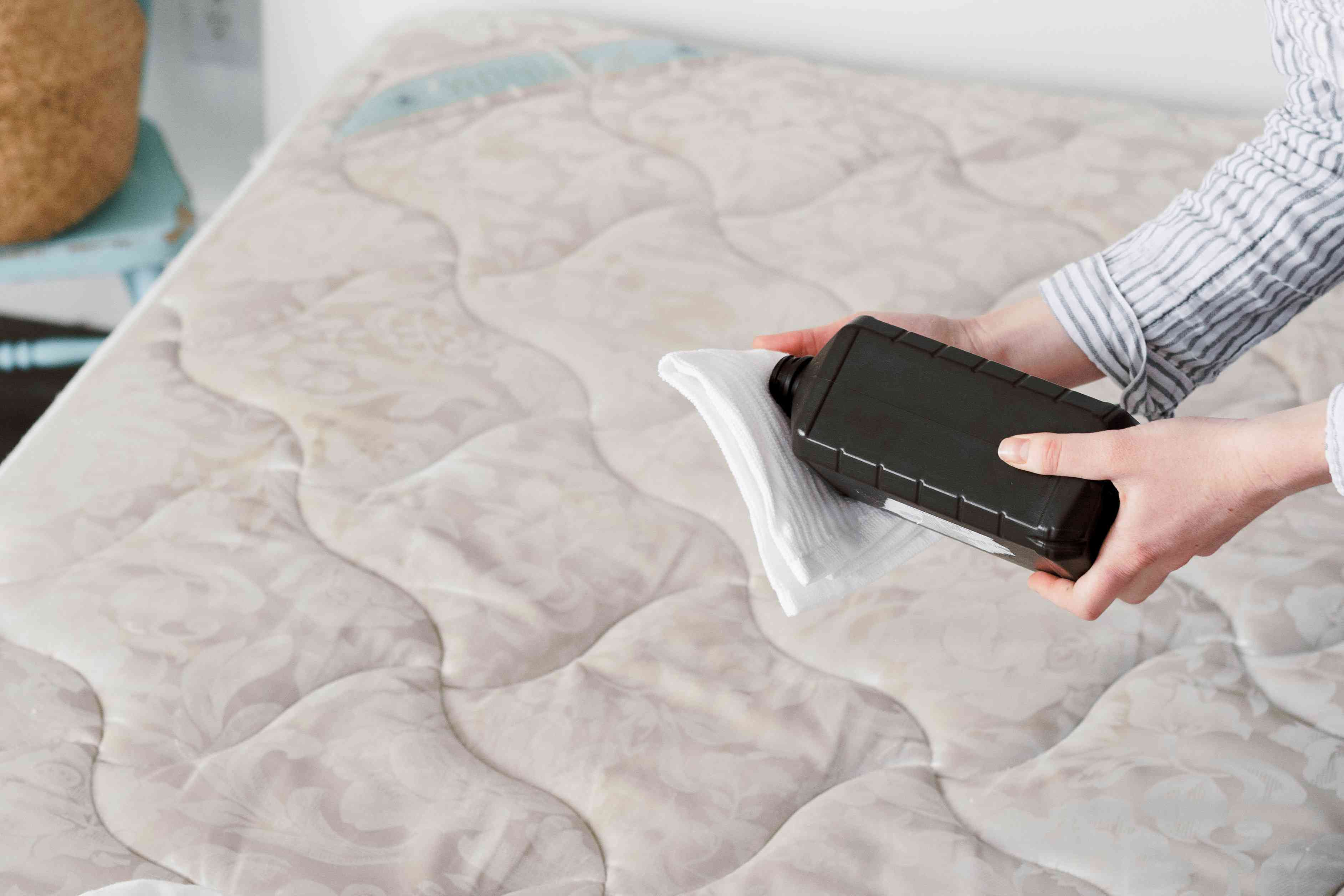
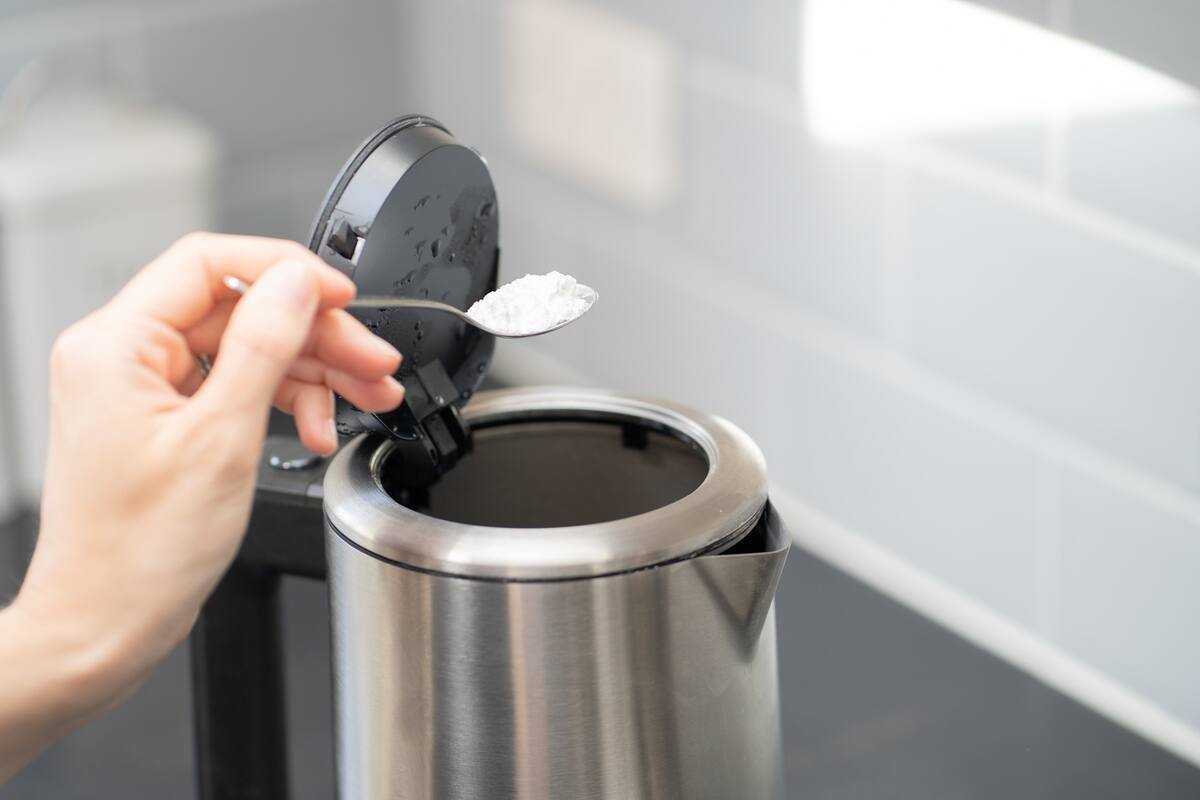
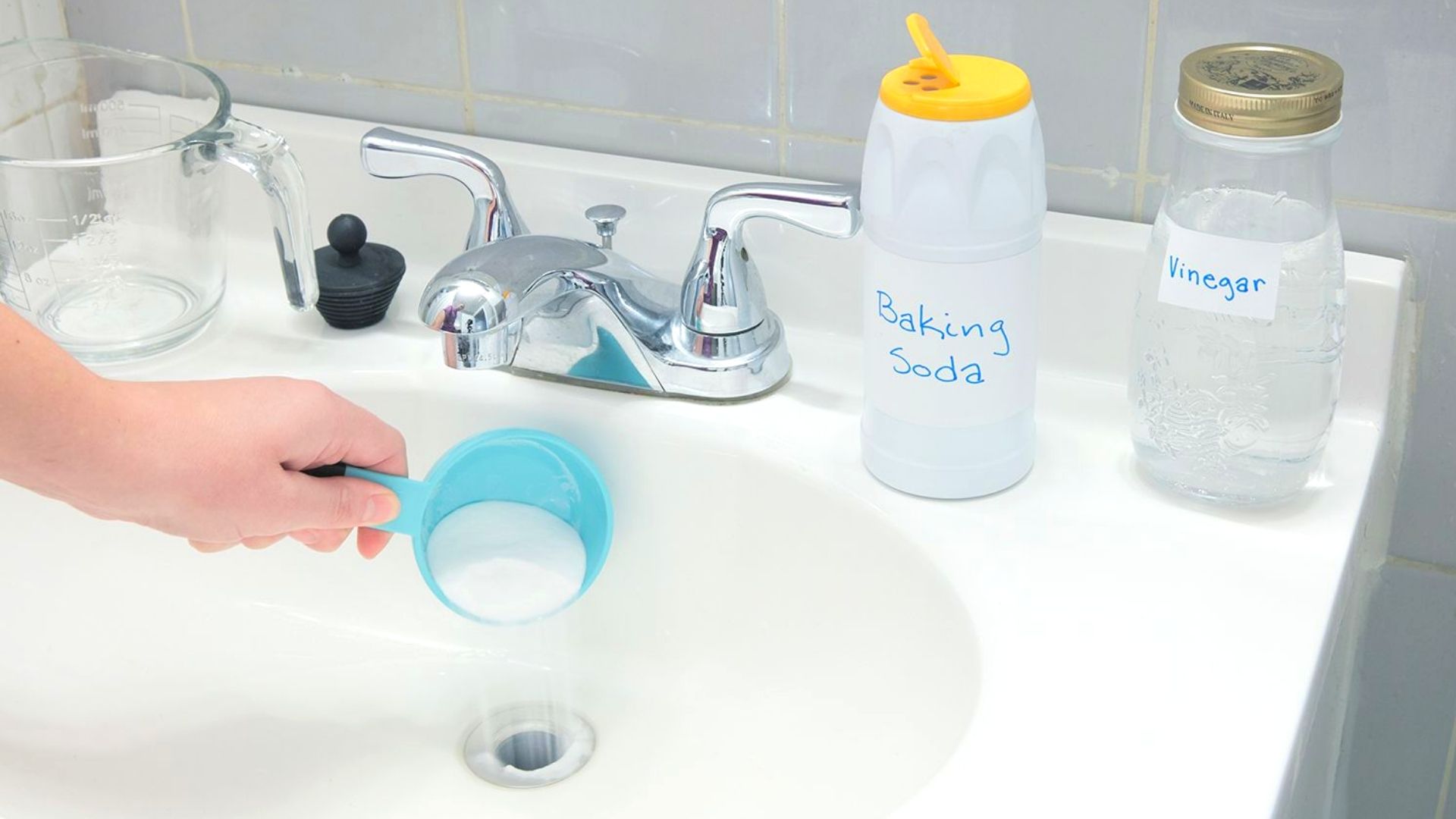
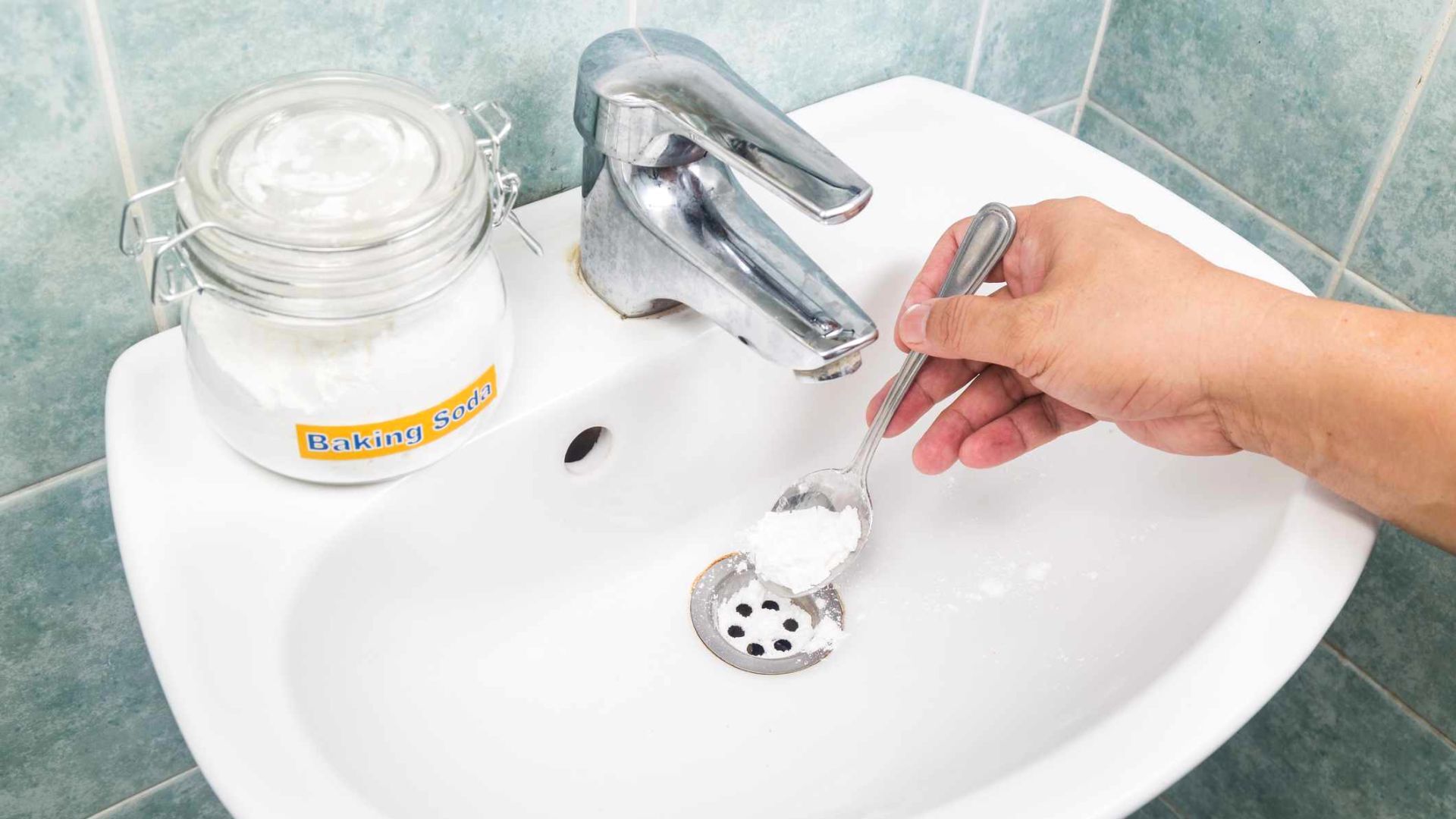
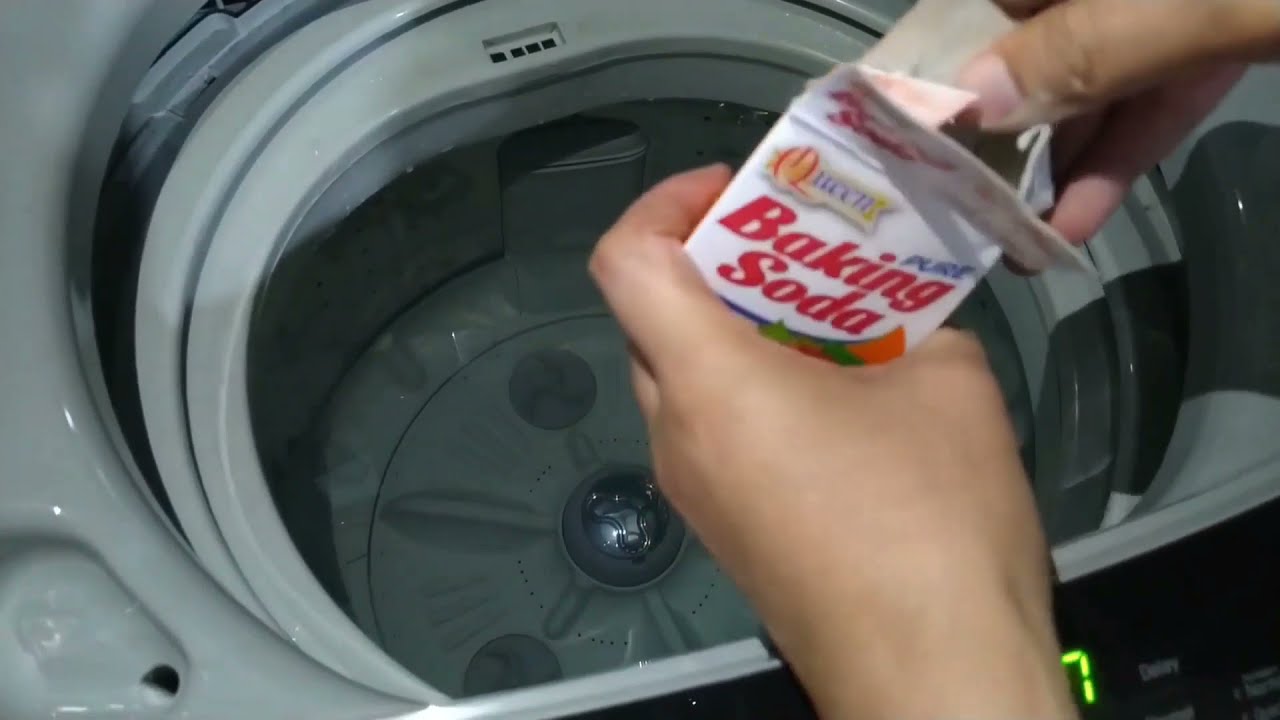
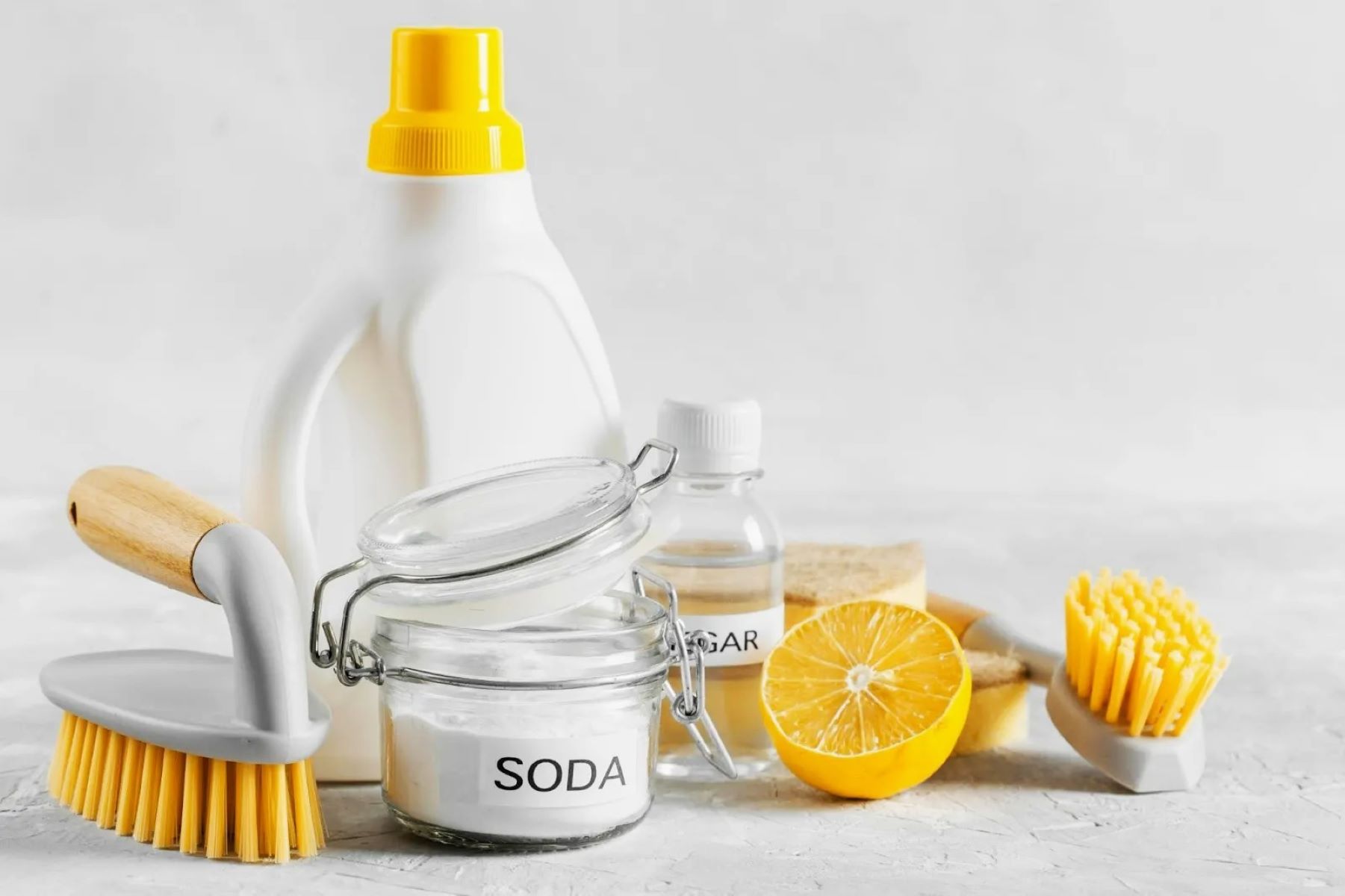
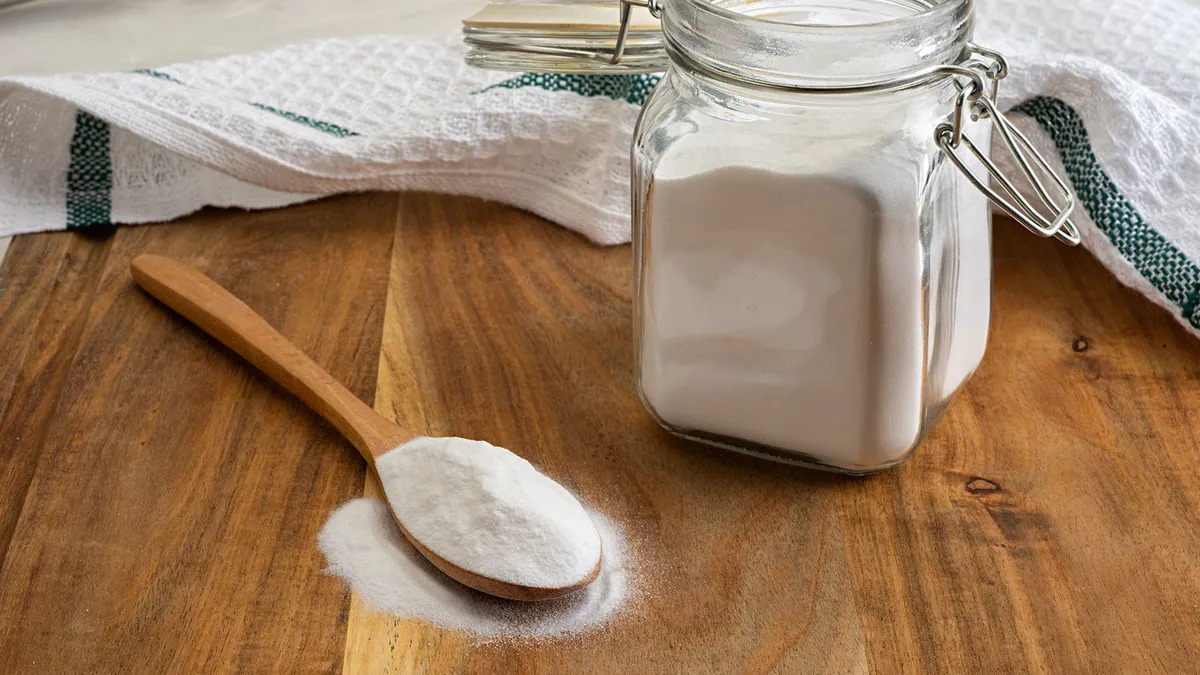
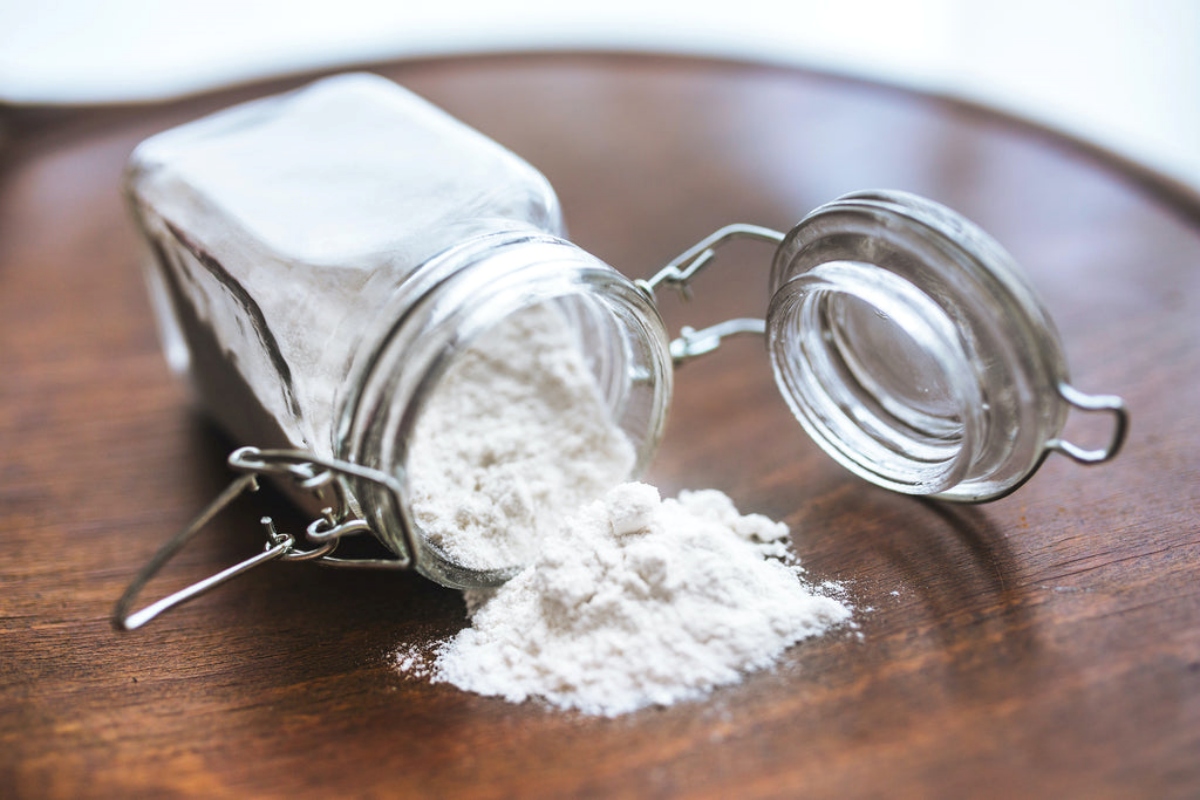
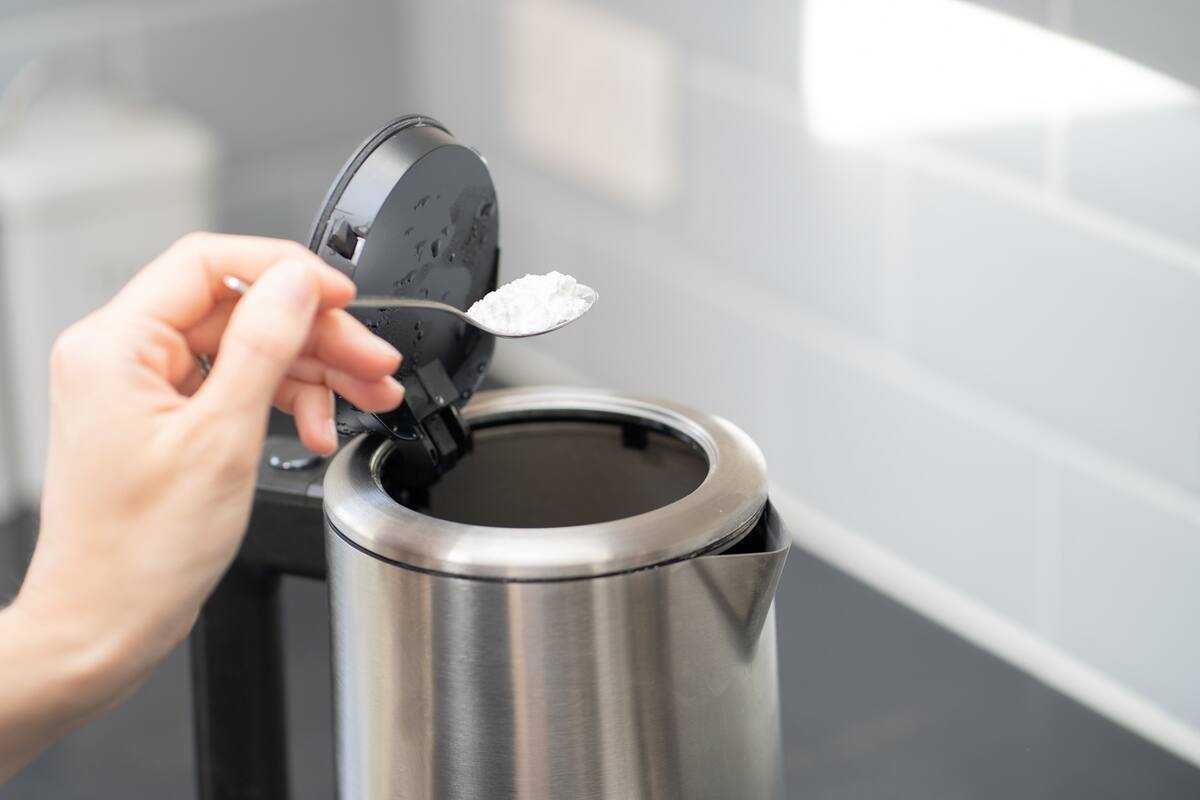

0 thoughts on “I Cleaned Using Only Baking Soda And Vinegar For A Week”